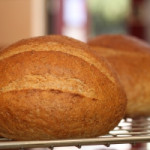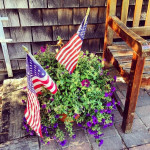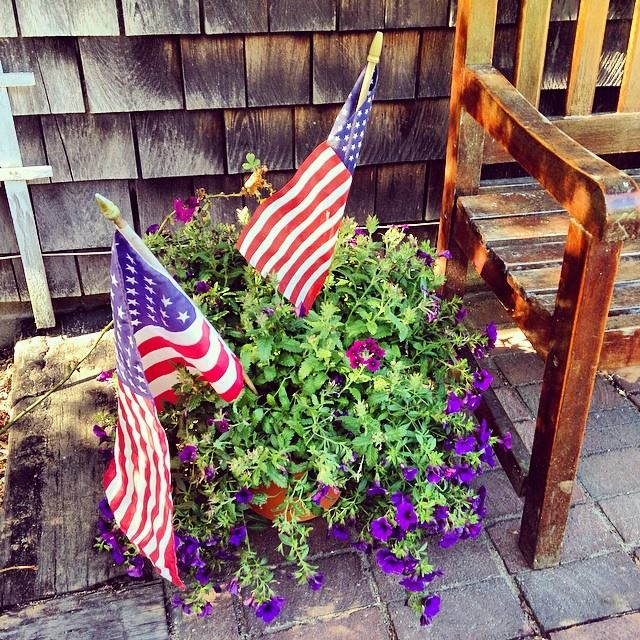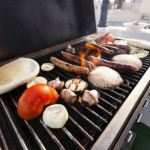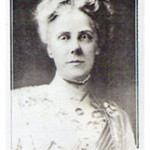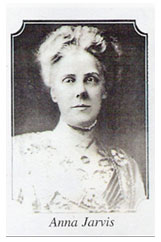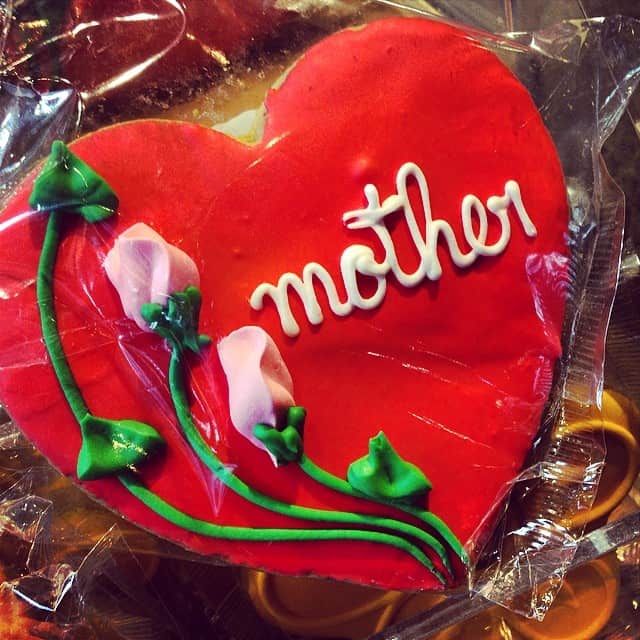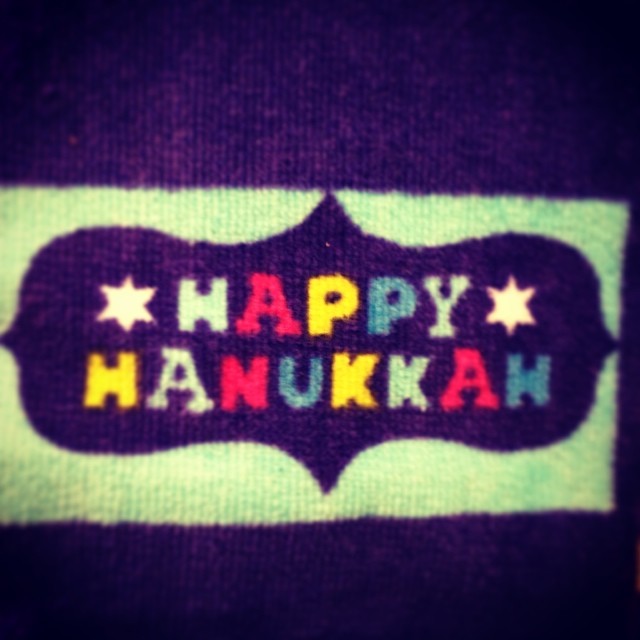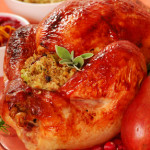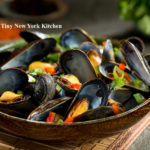Bread: Legend And Lore
Bread – “The Symbol of Friendship & Hospitality.” In ancient times many cultures believed bread was a Gift from God. Live a good life and “Break Bread With Friends!
English – “Bread is the Staff of Life.”
Russian – “Bread is the symbol of friendship.”
Spanish – “All sorrows are less with bread.”
Italian – “Bread is all food, the rest is merely accompaniment.”
German – “Bread is the symbol of home and family.”
French Saying – “As good as bread.”
Danish – “Bread is better than the song of the birds.”
American Indians danced the “Bread Dance” for prosperity and good crops.
Slavic Proverb – “Without bread even a palace is sad, but with it a Pine Tree is Paradise.”
© Victoria Hart Glavin
Cleaning Your Grill Grates
Now that you know all about grill safety it’s time to clean your grates. Those grates may have been sitting with grime on them for months. I don’t want to hear any of that “it’s extra seasoning.” Go clean those grates!
Clean grill grates thoroughly before AND after each use. Spick and span grates help prevent food from sticking and ensure that each meal is done to perfection.
Burned on bits of food will come off most easily when they are hot, so it’s best to clean the rack right after grilling while the grill is still warm.
Scrub steel racks with an iron bristle brush and enameled grates with a brass bristle brush. If you don’t have a brush, grip a ball of aluminum foil with tongs and scrub.
Scrape away large bits of burned foods with a sturdy metal spatula.
For more thorough cleaning, wash the grill rack using mild soap and a steel wool pad.
© Victoria Hart Glavin
Mother’s Day
Today marks the 100th celebration of Mother’s Day as a national American holiday, but the beginnings of the celebration goes back much earlier. Mothering Sunday began in Britain in the 17th century, which fell on the fourth Sunday in Lent. Mothering Sunday began as a day when servants could go home to visit their mothers. They often brought with them a “mothering cake,” which was a fruit-filled simnel cake. By the 19th century Mothering Sunday fell out of practice, but was revived during World War II.
The modern American holiday of Mother’s Day was first celebrated in 1908, when Anna Jarvis held a memorial for her mother in Grafton, West Virginia. Her campaign to make “Mother’s Day” a recognized holiday in the United States began in 1905, the year her beloved mother, Ann Reeves Jarvis, died. Anna’s mission was to honor her own mother by continuing work she had started and to set aside a day to honor mothers: “the person who has done more for you than anyone in the world.” Anna’s mother, Ann Jarvis, was a peace activist who cared for wounded soldiers on both sides of the Civil War and created Mother’s Day Work Clubs in several Appalachian towns to help improve sanitation and provide health and medical advice to woman.
Due to the campaign efforts of Anna Jarvis, several states officially recognized Mother’s Day. In 1910 the first state was West Virginia (Jarvis’ home state). In 1914 Woodrow Wilson signed the proclamation creating Mother’s Day, the second Sunday in May, as a national holiday to honor mothers. Jarvis wrote a thank you not to Wilson that speaks of a “great Home Day of our country for sons and daughters to honor their mothers and fathers and homes in a way that will perpetuate family ties and give emphasis to true home life.”
In 1912, Anna Jarvis trademarked the phrases “Second Sunday In May” and “Mother’s Day,” and created the Mother’s Day International Association. She specifically noted that Mother’s should “be a singular possessive, for each family to honor its mother, not a plural possessive commemorating all mothers of the world.” This was also the spelling used by President Woodrow Wilson in his 1914 presidential proclamation by the U.S. Congress in relevant bills and by various U.S. presidents in their proclamations concerning Mother’s Day.
Show love for your mother and also be sure to remember those who have been like a mother to you, whether she is a stepmother, mother-in-law or a friend. Happy Mother’s Day!
Inasmuch as the great Father has given us this year an abundant harvest of Indian corn, wheat, beans, squashes, and garden vegetables, and has made the forests to abound with game and the sea with fish and clams, and inasmuch as He has protected us from the ravages of the savages, has spared us from pestilence and disease, has granted us freedom to worship God according to the dictates of our own conscience; now, I, your magistrate, do proclaim that all ye Pilgrims, with your wives and little ones, do gather at ye meeting house, on ye hill, between the hours of 9 and 12 in the day time, on Thursday, November 29th of the year of our Lord one thousand six hundred and twenty-three, and the third year since ye Pilgrims landed on ye Pilgrim Rock, there to listen to ye pastor, and render thanksgiving to ye Almighty God for all His blessings.
-William Bradford, governor of Plymouth Colony, Thanksgiving proclamation, 1623
Every year I tell everyone not to overcook his or her turkey and to purchase a meat thermometer AND USE IT! The objective, of course, is to have moist and juicy breast meat with succulent thighs! The turkey is the main attraction after all.
Start with a completely defrosted bird or better yet purchase an organic fresh turkey. If your turkey is frozen, however, allow 24 hours in the fridge for every 5 pounds. This is the safest way to defrost your turkey.
The turkeys of today tend to be young, moist and tender and take much less time to cook than tougher turkeys that I grew up on. If a turkey is dry, then it has been cooked too long. The breast meat is what tends to suffer the most.
A stuffed turkey may cook at the same rate as an unstuffed one, but be prepared to allow 30 to 50 minutes more. Most turkeys take about the same time to roast in regular ovens, but a convection oven does a much better job of browning the turkey all over.
When removing the turkey legs, if you find that the meat around the thigh joint is still too pink, then cut off the drumsticks from the thighs and put the thighs into a shallow pan, place in a 450 degree oven for 10 to 20 minutes until no longer pink.
Always use a meat thermometer to gauge doneness. For a stuffed turkey, use the meat thermometer to check the temperature of the stuffing. The center of the stuffing inside the turkey must reach a temperature of 165 degrees. For an unstuffed turkey, place the meat thermometer in the thickest part of the thigh, taking care that it does not touch any bone. Roast the turkey until the meat thermometer reaches 165 degrees. Don’t forget to let the turkey rest for at least 30 minutes before carving to allow the juices to re-absorb into the flesh. You do not want the moisture to drain out.
This chart will help you determine approximately how long to roast a stuffed or unstuffed turkey.
Roasting times are for a preheated 325 degrees oven:
Approximate Roasting Times For Stuffed Turkey
Turkey Weight: 6 to 8 Pounds 3 to 3 1/2 Hours
Turkey Weight: 8 to 12 Pounds 3 1/2 to 4 1/2 Hours
Turkey Weight: 12 to 16 Pounds 4 1/2 to 5 1/2 Hours
Turkey Weight: 16 to 20 Pounds 5 1/2 to 6 Hours
Turkey Weight: 20 to 24 Pounds 6 to 6 1/2 Hours
Approximate Roasting Times For Unstuffed Turkey
Turkey Weight: 6 to 8 Pounds 2 ½ to 3 Hours
Turkey Weight: 8 to 12 Pounds 3 to 4 Hours
Turkey Weight: 12 to 16 Pounds 4 to 5 Hours
Turkey Weight: 16 to 20 Pounds 5 to 5 1/2 Hours
Turkey Weight: 20 to 24 Pounds 5 1/2 to 6 Hours

